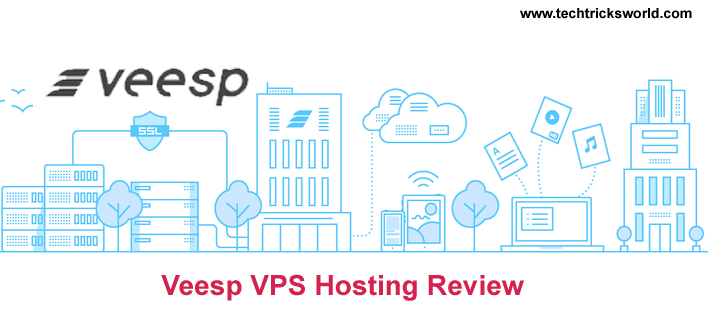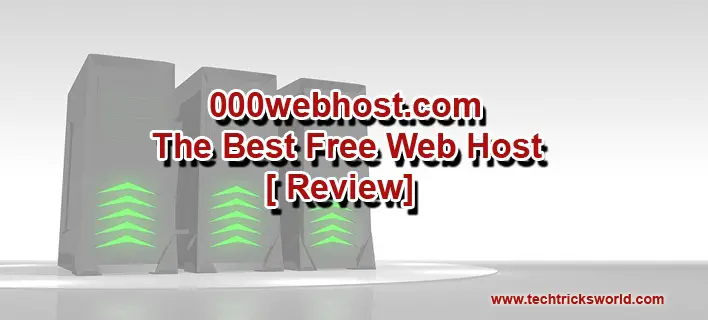Most Linux web hosting providers use a standard LAMP stack for their customers. LAMP stands for Linux, Apache, MySQL, and PHP. It’s no exaggeration to say that WordPress is probably the cause of this widespread prevalence. With over 30% of websites using WordPress, every web host needs to be able to offer this first, and foremost. However, in this article, I’ll talk about LiteSpeed – a drop-in replacement for Apache and discuss the benefits of LiteSpeed web hosting.
What is LiteSpeed?
LiteSpeed is a web server developed by LiteSpeed Technologies Inc. Unlike Apache, it’s not free but paid. As a “drop-in” replacement, it means that you can simply replace Apache with LiteSpeed, and all your software packages will continue to work in exactly the same way. It preserves all of Apache’s interfaces, API calls, hooks, and everything else required to interface with Apache.
So when you switch to LiteSpeed, you’re not sacrificing any kind of functionality. Quite the contrary, in fact.
NameHero – A Web Host That Offers LiteSpeed Web Hosting
Not many hosting providers offer LiteSpeed because it costs money. And many of them run on thin margins anyway. With Apache, they’re able to obtain free software and it works well for the most part. As a result, if you’re trying to find LiteSpeed web hosting, you might come up a bit short.
One web host that offers LiteSpeed out of the box is NameHero. Its not known for having the cheapest prices. And for good reason. In addition to LiteSpeed, they’re able to offer a host of benefits that add value. Here’s a full review of NameHero on WP-Tweaks in case you want to find out more.
So let’s move on to the benefits of a LiteSpeed server.
Performance Through an Event Architecture
LiteSpeed achieves its performance gains by breaking from the traditional Apache model, which spawns a new process for each and every request for a page. As a result, it’s able to handle an exponentially greater number of requests. Here are the standardized test results for a WordPress website, and how many requests it can handle per second under different types of servers:

You can see that while NGINX outperforms Apache by quite a bit, LiteSpeed blows both of them out of the water. In case you’re worried that I’m cooking the numbers, these tests are standardized as per https://http2benchmark.org/ – an open-source set of packages and protocols meant to determine the performance of various web servers.
With this kind of performance, LiteSpeed is clearly capable of handling far more load compared to Apache.
Resellers Benefit Too
One side benefit of this extreme performance is that even though LiteSpeed isn’t free, resellers can recover their costs by running more clients on a single machine, confident that LiteSpeed can handle the load. In fact, this is one of the reasons that NameHero, as mentioned above, is extremely popular with resellers.
Event-Driven vs Process Driven
An event-driven architecture means that a single process is capable of handling multiple requests and is thus able to scale up effortlessly. For high volume servers, everything can be handled with just a few processes.
As we’ll see below, the event architecture enables one of the most useful features of LiteSpeed – server caching.
Server Caching – The Jewel of LiteSpeed
Once inside the plugin settings, scroll all the way down till you find the section for your particular framework – in this case, WordPress:

There’ll be a separate cache for each and every software framework you use. Click the one you need, and you’ll see a list of installations on your web server. From here, you can enable or disable them as necessary:

This, combined with the LiteSpeed caching plugin for your framework will enable you to serve cached pages to your visitors at blazing fast speeds. Far faster than any caching plugin is capable of doing.
Web Hosts with Server Caching
It’s not surprising that most of the web hosts that provide server caching are ones that use LiteSpeed. For example, A2 Hosting enables server caching for its “Turbo” plans which – you guessed it – use the LiteSpeed webserver. As we saw above, NameHero leverages LiteSpeed for all its plans and not just the high-end ones. Very few hosts take the trouble to implement their own caching solutions – SiteGround is one of them. Hostgator too has cached, but only for its WordPress packages.
Bottom Line: LiteSpeed Hosting is Worth it
To summarize, LiteSpeed is a drop-in replacement for Apache. It’s not free, but it’s fast. By several orders of magnitude. It can handle far more requests per second compared to other web servers and has the all-important server caching feature, which significantly speeds up your website, even compared to other caching plugins.







Add Comment